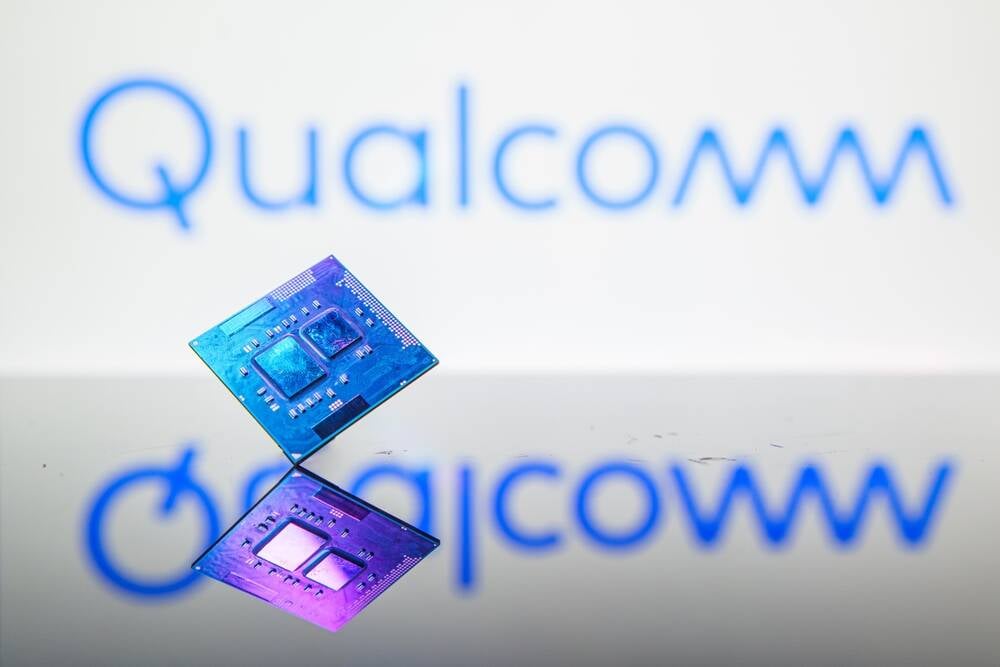During day one of Qualcomm’s Snapdragon Summit in Maui, Hawaii, it unveiled its latest flagship SoC, dubbed the Snapdragon 8 Elite. This marks a pivotal swing into harnessing the technical prowess of its acquired Nuvia team.
The new chip is powered by Qualcomm’s in-house Oryon cores and moves away from its reliance on Arm’s off-the-shelf Cortex cores to drive its flagship mobile SoC. The chipmaker, however, hasn’t strayed too far, as the Oryon cores are still based on Arm’s v8.7-A ISA, but it’s certainly a step away from previous generations, as Qualcomm is aiming to do things on its own terms.
Qualcomm ‘pausing’ X-Elite Dev Kit, offering refunds
Featured in the Snapdragon 8 Elite, the new Oryon cores replace the Kryo cores that Qualcomm has long relied on. The outfit claims this new Elite SoC delivers a 44 percent improvement in power efficiency over the Snapdragon 8 Gen 3, though as always with these numbers, it’s worth waiting until real-world benchmarks come in before taking that as gospel.
For manufacturing, Qualcomm is using TSMC’s 3nm N3E node, which is actually the same process used by rivals including Apple for its A18 chips and MediaTek with its Dimensity 9400.
The Snapdragon maker has also gone a different route on the design too, as it has decided to ditch the familiar mix of prime, performance, and efficiency cores and has opted to eliminate smaller cores altogether. The Snapdragon 8 Elite has two prime cores clocked at 4.32 GHz and six performance cores at 3.53 GHz.
It wouldn’t be a new chip without AI being crammed in, and Qualcomm has indeed embedded the Snapdragon 8 Elite with its Hexagon NPU. The chip maker claims it is 60 percent better in terms of “AI performance” than the previous generation, but that remains to be seen in real world applications.
Graphics have also uplifted over the last generation with the latest Adreno 750 GPU. Qualcomm has thrown in hardware-accelerated ray tracing and support for 144 Hz at 4K, and it does claim a marked 25 percent improvement over the Snapdragon 8 Gen 3, but as usual, those figures are just marketing until the benchmarks prove otherwise.
Being limited to 4K 60fps in recording is a slight caveat, as the MediaTek Dimensity 9400 is offering 8K 60fps. Touching on image quality, the chip giant’s Spectra ISP has been rebranded as the AI ISP for the Snapdragon 8 Elite, increasing throughput to 4.3 gigapixels per second from 3.2 gigapixels. It also supports configurations like 48MP + 48MP + 48MP multi-sensor and 108MP single camera at 30FPS. Qualcomm has bumped up the still image support to 320MP, compared to 200MP in the previous Snapdragon 8 Gen 3.
Other features of the Snapdragon 8 Elite include Qualcomm’s aptX Lossless technology, which is claimed to deliver up to 24-bit 48 kHz Bluetooth audio streaming and 96kHz over Wi-Fi. It also has its fabled XPAN technology for wide-range audio coverage via low-power Wi-Fi 7. On the connectivity side, the Snapdragon X80 5G modem supports multi-gigabit speeds with 4×6 MIMO, while FastConnect 7900 system integrates Wi-Fi, Bluetooth, and UWB proximity that enables features such as object tracking and building access control.
Leo Gebbie, principal analyst and director at CCS Insight, stated how the Snapdragon 8 Elite is Qualcomm’s strongest chipset launch yet and is pushing AI to the forefront of its platforms. “The Snapdragon 8 Elite provides the basis to accelerate the introduction of AI features into third-party apps and integrated multi-modal assistants,” he noted.
Gebbie also emphasized the backing from key device makers like Honor, Samsung, and Xiaomi, which means Qualcomm is set to maintain its presence in the premium Android segment. “Early backing from device makers including Honor, Samsung and Xiaomi is a strong start for Qualcomm as it looks to continue its dominance at the premium end of the Android smartphone market.”
A few devices have already been announced that are set to put the Snapdragon 8 Elite into the hands of consumers, including the Xiaomi 15 series, OnePlus 13, iQOO 13, and the Honor Magic 7. These are expected to start plodding onto shelves sometime in October. It’s likely we’ll see more brands such as Vivo and Oppo come with even more Snapdragon 8 Elite devices, but the proof in all the pudding will be the real-world performance and how it stacks up against Apple and MediaTek’s product sets. ®

